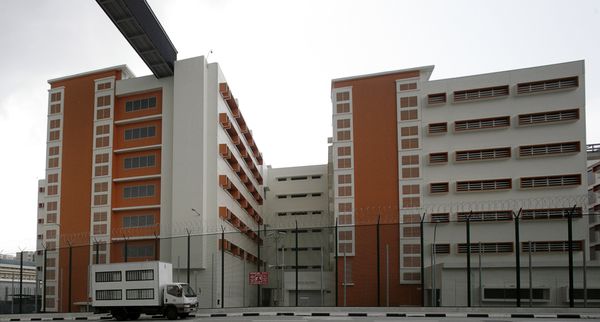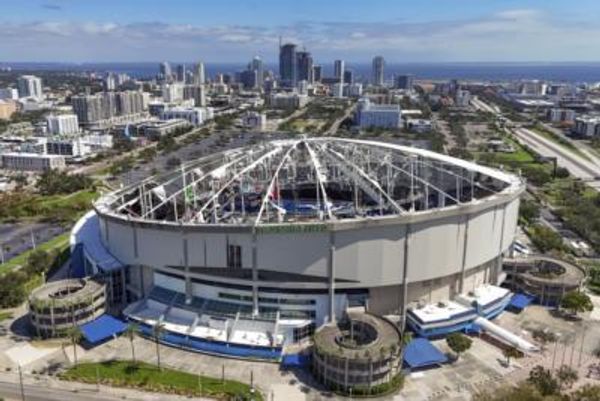The $64,000 question in financial markets is whether the Federal Reserve can engineer a soft landing.
That would mean raising interest rates enough to quell inflation, but not so much as to send the economy into recession. Bank of America strategists Chris Flanagan and Joseph Leeman are skeptical that the central bank can succeed.
“The Fed’s policy error of waiting too long to tighten continues to manifest,” they wrote in a commentary. Some experts called for the Fed to begin tightening last year, but it didn’t start raising interest rates until March.
“In response to the resilient U.S. labor market and persistent strong inflation, BofA Economics, which was early to call for an aggressive rate hike path this year, has again raised its terminal fed funds rate forecast to 5% by March 2023,” the strategists said.
Unemployment stood at 3.5% in September, matching a 50-year low. Consumer prices have jumped 8.2% in the 12 months through September.
Fed officials predicted last month that the fed funds rate would register 4.6% at the end of next year. The fed funds rate currently stands at 3%-3.25%.
Hard Landing
As for the impact of the increase in interest rates predicted by the BofA strategists, “labor market response likely will be significant: a 5.5% unemployment rate by year-end 2023,” they said. “This is a hard landing scenario.”
Looking at bonds, ultimately the economy’s slump “should be bullish, but the path to an eventual peak of the 10-year Treasury yield remains highly uncertain,” the strategists said.
So what’s going to happen first? The analysts see “a combination of extremely elevated rate volatility and steadily deteriorating Treasury market liquidity (the key liquidity provider, the Fed, is withdrawing liquidity through quantitative tightening, [which means selling bonds]).”
That combination entails “risk of a bond market crash, which pushes the 10-year yield to a high of 4%-5%,” the analysts said. The 10-year yield recently was 4.02%.
“The likely trigger for such a crash is persistent inflation strength, with structural labor and shelter challenges, and the Fed’s response—[raising interest rates].”
Fears of Average Joes
When it comes to recession, it’s not just experts who are worried about the possibility of one by the end of next year. A total of 69% of Americans feel the same way, according to a July survey by personal finance website Bankrate.com.
In an ominous sign, 41% of Americans say they are unprepared to handle such an event. And 31% of that cohort is doing nothing to prepare.
On the bright side, 74% of Americans say they are actively taking steps to prepare for an economic downturn.
A total of 47% say they’re cutting discretionary spending, 35% are saving more for emergencies, 30% are paying down credit card debt, 24% are seeking additional/stable income and 19% are saving more for retirement.







